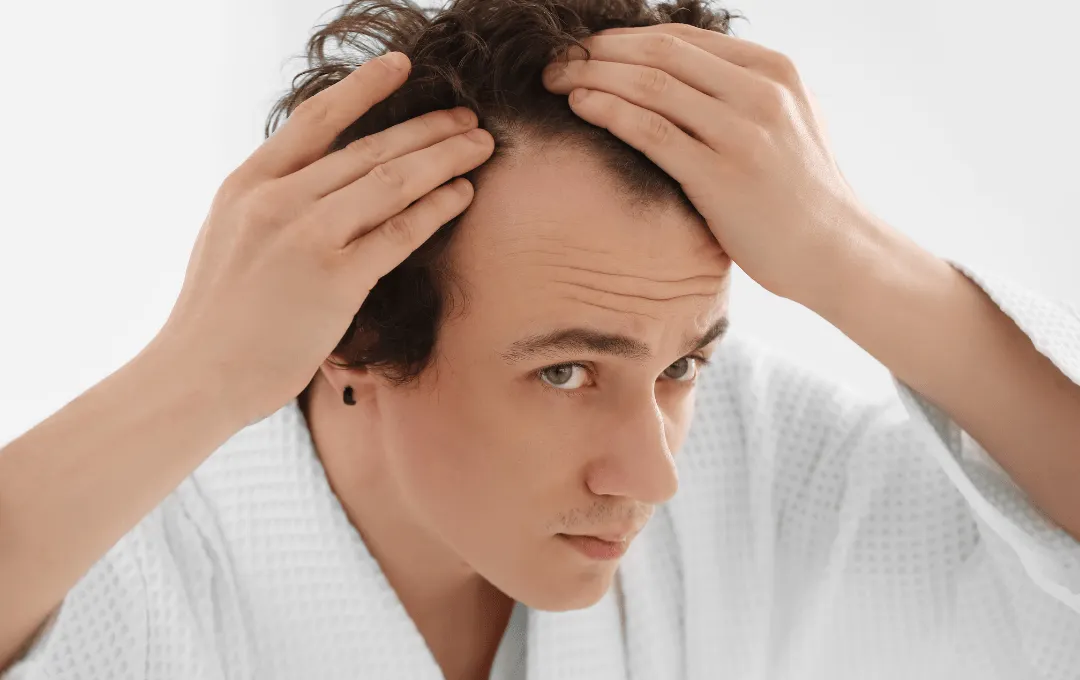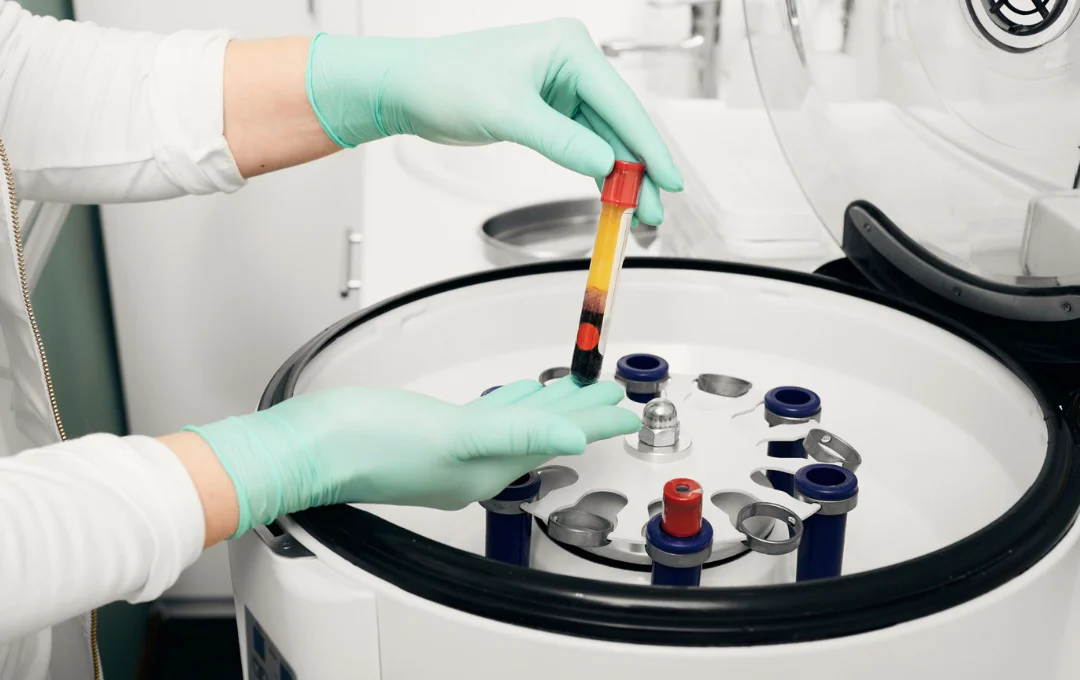Orthodontics
Get a Free Consultation
Overview
A beautiful smile is not a trait that everyone has except for a happy few. Most of us do not have symmetric and harmonious teeth. But with Orthodontic treatment and patience, you can achieve the beautiful smile you want. Moreover, if you have crooked and mismatched teeth, your chewing is incorrect, and you cannot clean your teeth properly. Crooked teeth affect your ability to speak and eat. Therefore, in addition to being unable to show your smile to the world, you also have to deal with various health problems caused by defective teeth.
Orthodontics can help you achieve the smile of your dreams and eliminate these health problems. You may have applied to orthodontics for cosmetic reasons only, but remember that the procedure you will undergo will improve your oral functions in the long run. In addition to your smile, you will also improve your health.
Why is orthodontics done?
In dentistry, the crooked and incorrect position of the teeth is called malocclusion. Malocclusion can adversely affect the shape of the face and the teeth. Orthodontics is the branch of dentistry that deals with diagnosing, preventing, stopping, and correcting malocclusion. Malocclusion doesn’t just damage the beauty of your smile and your social self-confidence. You cannot clean your teeth properly due to malocclusion. Thus, you have to deal with problems such as tooth decay, gum diseases, bad breath, and tooth loss. Not being able to clean your mouth negatively affects not only your dental health but also your general health. In addition, malocclusion causes you to be unable to chew properly. Your crooked teeth make chewing difficult. As a result, you suffer from head, shoulder, or lower back pain. Malocclusion may occur due to injury, thumb-sucking habits, etc.
Orthodontics aims to improve the appearance of your teeth by correcting their alignment and improving your oral health by providing the ideal bite. The basic principle of orthodontic treatment is based on moving the tooth in the required direction and applying the right force. In addition, it is within the scope of orthodontics to ensure the harmony of soft tissues and bone structures in your mouth when necessary.
An orthodontist can solve the following problems:
- Protruding anterior teeth: These teeth are susceptible to injury during an accident or physical activity.
- Crowding: If you have a narrow jaw, the teeth in your mouth may be crooked. For this, the orthodontist tries to make room in your mouth by pulling teeth.
- Spacing: The opposite of clutter. It is the gaps between the teeth due to missing teeth or teeth not filling the mouth.
- Impacted teeth: In dentistry, “impacted” means that the tooth that needs to erupt cannot come out. It occurs in adult teeth.
- Asymmetrical teeth: The upper and lower teeth do not match when the mouth is closed.
Moreover, problems such as deep bite, reverse bite, open bite, underbite, and crossbite are the subject of orthodontics. If you have problems such as teeth grinding or clenching, orthodontics can also help with these issues.
Before procedure
Before taking any action, your orthodontist will evaluate your teeth in detail. To this end, he reviews your entire medical and dental history. Then, he gives you a clinical examination. Your doctor will take an x-ray of your teeth and jaw and make a plaster model of your teeth. After the evaluation phase, the orthodontist creates the most suitable treatment plan for you.
Whichever treatment you prefer, oral cleaning is very important before orthodontic treatment. Otherwise, food residues will get stuck with the device and cause decay. Before and during orthodontic treatment, you need to brush your teeth much more carefully.
In addition, before orthodontic treatment, you should resolve your oral health problems. Your dentist should treat problems such as fillings, gums, or impacted teeth. Thus, your teeth are ready for orthodontic treatment.

Orthodontic devices
There are two types of devices used for orthodontics. Fixed and removable devices. Which type of device your doctor will use depends entirely on the condition of your teeth.
Using stationary devices would be best to avoid carbonated drinks, hard candy, chewing gum, and sticky foods. If you are into sports that require physical contact, your orthodontist will recommend a special shield for your gums.
Fixed Devices
- Braces: It is the most widely used among fixed orthodontic appliances. Braces consist of brackets, bands, and wires. Your orthodontist secures the bands around your teeth, which are the appliance's mainstay. It mounts the brackets in front of your teeth. Arched wires connect the bands and brackets. When your orthodontist tightens these wires, it puts force on your teeth and pushes them right where they need to be. After you start braces treatment, you will go for regular checkups. These controls are for adjusting and retuning arched strings. Depending on your situation, the healing process may take several months or 2 years. You can choose from colored or colorless braces.
- Fixed-space maintainers: If your child has lost a tooth prematurely, your orthodontist may place a fixed area guard in their mouth. Thus, until the adult tooth erupts, it protects the space between the two teeth and prevents crookedness.
- Special fixed devices: These devices act as a preventative for your child's thumb-sucking or tongue-thrusting habits. It would be best to turn to these devices as a last resort when nothing helps because your child will have difficulty eating with them.
Removable Devices
- Aligners: These devices are modern alternatives that are slowly starting to replace traditional braces for adults. They are almost invisible devices that can move your teeth the same way, without wires or brackets. You should remove your aligner while eating, brushing, and flossing.
- Removable space guards: They are devices that perform the same task as the fixed ones. But you can remove it whenever you want.
- Splints or jaw repositioning devices: The orthodontist places this device on either the upper or the lower jaw for proper closure of the jaw. These devices are particularly effective in treating the temporomandibular joint disorder (TMJ).
- Headgear: Orthodontists use this device to slow the growth of the upper jaw. The device retracts both the upper teeth and the posterior teeth in place.
- Lip and Cheek Pads: If your lips and cheeks are putting pressure on your teeth, your orthodontist can prevent this with pads.
- Palatal expander: Your upper palate may be too narrow. With palate expanders, you can widen the roof of your mouth.
- Removable retainers: These devices prevent your teeth from returning to their pre-treatment positions.
The importance of age in orthodontic treatment
According to dental authorities, every 6-7-year-old child should be examined by an orthodontist. Thus, you can prevent future problems that your child may experience. For orthodontic treatment in children, you can wait for all permanent teeth to erupt first. This way, your child can adapt more quickly to treatment challenges. In addition, your child must learn how to clean the orthodontic appliance.
Orthodontists can most effectively treat skeletal disorders in pediatric patients. If your child is not treated at an early age, he will face problems that can only be treated with surgery in the future. But in orthodontics for adults, age ceases to be a factor. Except for skeletal problems, any problem is correctable at any age.
Results of orthodontics
Orthodontics has become quite popular thanks to modern devices. If you want to illuminate the environment you enter with your smile and avoid dental problems that are caused or may be caused by crooked teeth, you should be examined by an orthodontist. The treatment process requires patience, but the results will cause important changes in your life. Never underestimate the power of a beautiful smile.
Join to our newsletter

Authorized by the Ministry of Health and Tourism in Turkey








